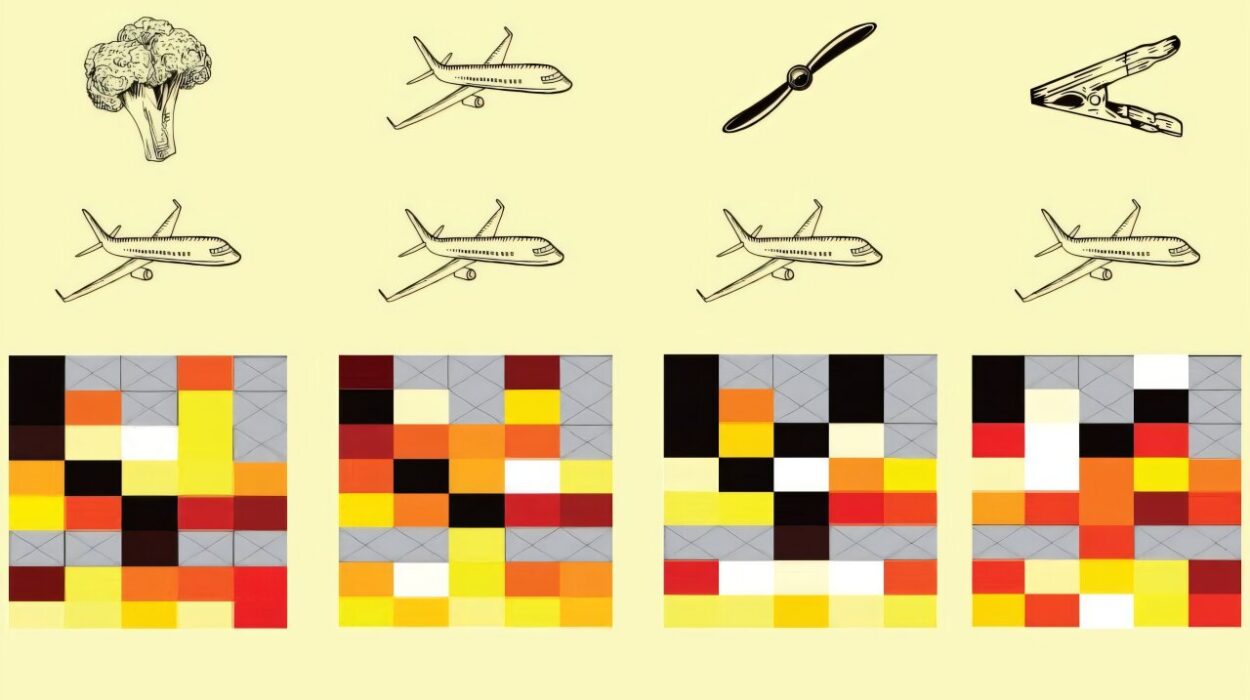Imagine a spacecraft so small it weighs less than a paperclip, yet it travels faster than anything humanity has ever built. Its destination? A black hole—a place where gravity is so strong, not even light can escape. This might sound like a scene from science fiction, but according to black hole physicist Cosimo Bambi, it’s an idea that lies just beyond the horizon of our current technology.
Bambi, a professor at Fudan University in Shanghai and one of the world’s leading authorities on black holes, has proposed a mission concept that could reshape our understanding of gravity, space, and time itself. Writing in the journal iScience, he outlines a century-long, interstellar experiment: sending a tiny, laser-propelled spacecraft to a nearby black hole to test the limits of Einstein’s theory of general relativity.
If successful, the mission could confirm—or perhaps unravel—some of the most sacred laws of physics. And even though it may take the better part of a human lifetime to complete, Bambi believes it’s a challenge worth pursuing. “We don’t have the technology now,” he says. “But in 20 or 30 years, we might.”
The Physics of the Impossible
At the heart of Bambi’s proposal lies one of the greatest mysteries in science: what exactly happens at the edge of a black hole? Known as the event horizon, this invisible boundary marks the point of no return. Once something crosses it—whether a spaceship, a star, or even light—it can never come back. But despite decades of theoretical work and mathematical models, we’ve never been able to study it up close.
That’s because black holes are notoriously hard to detect. They emit no light, no sound, no signals—only their immense gravitational pull hints at their existence. We’ve learned to find them by observing how they affect nearby stars, or how their gravity bends and warps light passing close to them, a phenomenon known as gravitational lensing.
Still, direct exploration has remained out of reach. Until now.
Bambi’s vision takes inspiration from the cutting edge of interstellar travel research. The core idea is to develop a fleet of ultra-light probes—called nanocrafts—equipped with tiny sensors and communication tools. Each would be built around a chip-sized “brain” and a gossamer-thin light sail. Unlike traditional rockets, which carry heavy fuel tanks, these nanocrafts would ride beams of light generated by powerful Earth-based lasers. Photons from the laser would push against the sail, gradually accelerating the craft to up to a third of the speed of light—nearly 100,000 kilometers per second.
At that speed, the journey to a black hole located 20 to 25 light-years from Earth would take about 70 years. Then, assuming it survives the harsh conditions near the black hole, the craft would gather critical data and beam it back to Earth. The transmission itself would take another 20 to 25 years, bringing the total mission length close to a full century.
The Search for a Cosmic Neighbor
Of course, such a journey requires a target—a black hole close enough to reach, yet scientifically rich enough to study. Finding one is easier said than done.
There are an estimated 100 million black holes in the Milky Way galaxy alone, but most are invisible. They don’t glow or emit radio signals like pulsars. Instead, they lurk in the shadows, revealed only by how they affect the matter and energy around them. Some are found because they’re part of a binary star system, slowly feeding on their stellar companion. Others are discovered through X-ray emissions or gravitational waves created by mergers.
But a nearby, quiet black hole, perhaps formed from the collapse of an ancient massive star, might be hiding in the dark just a few dozen light-years from our solar system.
“There have been new techniques to discover black holes,” says Bambi. “I think it’s reasonable to expect we could find a nearby one within the next decade.”
Advanced observatories like the James Webb Space Telescope and surveys such as Gaia are already helping astronomers map stellar movements with exquisite precision. A star moving oddly might be orbiting something invisible—and that “something” could be a nearby black hole.
Testing Einstein Where He Feared to Tread
Once a suitable target is found and a craft launched, the real scientific fireworks begin. For over a century, general relativity has been our best theory of gravity. It explains everything from planetary motion to the bending of light and the expansion of the universe. Its predictions have been tested over and over—with remarkable accuracy.
But we’ve never tested general relativity this close to a black hole.
Einstein’s theory predicts that time slows down near massive objects. Near a black hole, time could nearly stop. Space itself warps, light curves, and energy behaves in unfamiliar ways. But many physicists believe general relativity may break down under such extreme conditions, giving way to a new theory that merges gravity with quantum mechanics.
If the nanocraft could send back measurements of how light and matter behave near the event horizon—perhaps using infrared cameras, radiation detectors, or gravitational wave sensors—it could provide the first empirical tests of gravity in its most extreme form.
Does the event horizon truly exist? Are black holes really singularities—infinitely dense points where the laws of physics collapse? Or do they hide something even stranger, like wormholes, firewall phenomena, or clues to the nature of dark matter?
These are not idle questions. The answers could lead to a new understanding of the universe’s origins, or even of time and consciousness itself.
A Billion-Dollar Beam of Light
The most daunting hurdle in all of this is the propulsion system: the laser array needed to launch the nanocraft.
Unlike a flashlight or a consumer laser pointer, this system would be made of thousands of synchronized laser beams spanning kilometers across, focusing immense amounts of energy on a light sail no bigger than a coin. The sail must be ultra-reflective, durable under intense heat, and light enough to accelerate without tearing.
At today’s prices, building such a laser system would cost upwards of one trillion euros. The energy required would rival that of a small nation. And the nanocraft itself, though simple in structure, must survive radiation, micrometeoroids, and the risk of data loss across decades of silence.
Yet, Bambi remains optimistic. “Thirty years ago, no one thought we’d be able to take a picture of a black hole. But we did,” he says, referring to the now-famous 2019 image of the supermassive black hole in the galaxy M87. “People said we’d never detect gravitational waves. But we did—one hundred years after Einstein predicted them.”
As computing power grows, materials science advances, and laser technology becomes cheaper, the dream of launching a relativistic interstellar probe is becoming less fantastical. Projects like Breakthrough Starshot, backed by private investors and scientists, are already laying the groundwork for similar missions to nearby stars like Alpha Centauri.
Why Send a Spacecraft Into the Abyss?
Beyond the technical marvel, philosophical questions loom. Why spend decades, perhaps centuries, sending a speck of metal into the darkness, knowing that few living today will ever see the results?
Bambi’s answer is simple: because that’s what science—and humanity—does.
We build cathedrals that take generations. We plant trees whose shade we’ll never sit under. We write symphonies, paint murals, and now, perhaps, we send messengers into black holes—not for profit, not for conquest, but for knowledge.
The data returned from such a mission could be historic, yes. But the deeper value may be symbolic: that in an age of shrinking attention spans and instant gratification, we dared to look beyond the next click, the next election, the next lifetime.
“We are at the beginning of a new era in space exploration,” says Bambi. “It’s time to think big again.”
The Future Is Light-Borne
As the world watches new telescopes gaze deeper into the cosmos, and as AI helps scientists comb through vast amounts of astronomical data, the idea of sending a nanocraft to a black hole becomes less science fiction and more science future.
In a hundred years, perhaps our great-grandchildren will wake to a transmission beamed across the stars, a whisper from a craft the size of a bug, telling us whether Einstein was right, or if something stranger lies at the heart of the universe.
For now, the blueprint is drawn, the questions are asked, and the dream is alive. And that, in itself, is a powerful beginning.
More information: An interstellar mission to test astrophysical black holes, iScience (2025). DOI: 10.1016/j.isci.2025.113142. www.cell.com/iscience/fulltext … 2589-0042(25)01403-8






